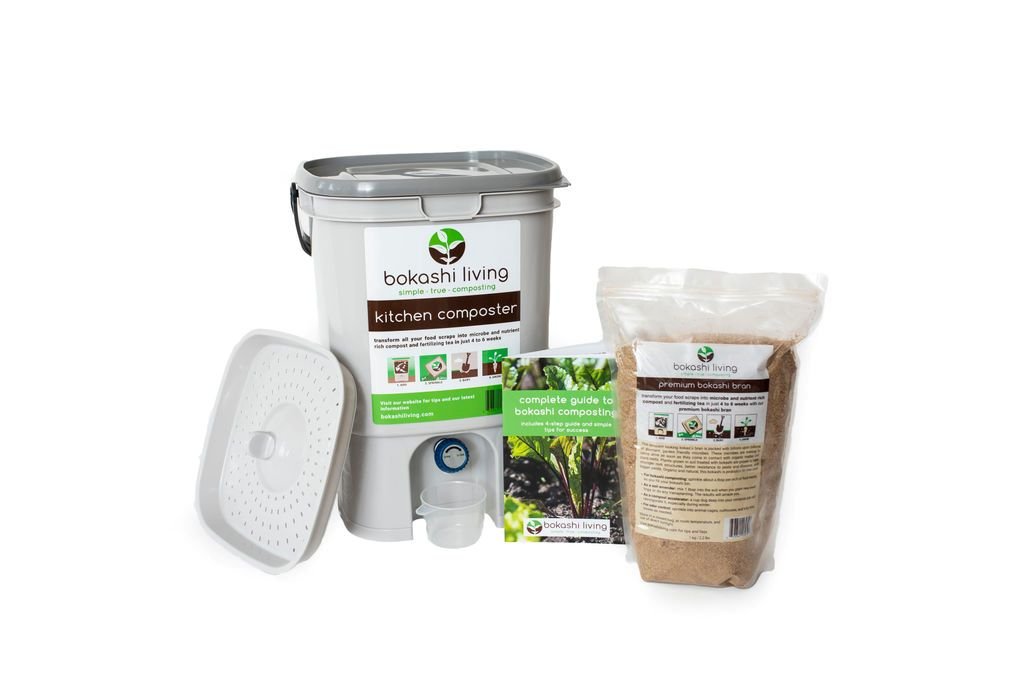Don't Overlook Your Ears
/It’s no secret that lawnmowers and woodworking tools are loud. But, all too often, the people who use them forget to wear ear protection while doing so.
The US Occupational Safety and Health Administration (OSHA) recommends that ear protection be used when operating equipment with sound levels greater than 85 decibels. The average lawnmower ranks at 95 decibels, and a table saw comes in at 100 decibels. (Normal conversation is about 60 decibels.)
Hearing loss in the United States is quite common. One in every eight people in the US ages 12 and older has some hearing loss in both ears. About 5% of adults between ages 45 and 54 have a degree of hearing loss considered to be disabling, according to the National Institutes of Health.
According to OSHA, “Exposure to loud noise kills the nerve endings in our inner ear,” leading to permanent hearing loss that cannot be corrected. This can limit one’s ability to hear high-frequency sounds and understand speech. The resulting impact on the ability to communicate can greatly affect quality of life.
Stepping up ear protection measures now will reduce the risk of hearing loss. Identify noisy environments by using a free app from the National Institute for Occupational Safety and Health (NIOSH). The Sound Level Meter App (iOS only) measures sound levels and provides noise exposure parameters.
There are many options for ear protection that you can use when operating noisy equipment or spending time in a noisy environment. Foam earplugs and earmuffs are the most common choices. (Headphones used for listening to audio do not qualify as hearing protective devices.) Finding one that works for you, and using it when you’re exposed to noise, will go a long way to protect and preserve your hearing.



